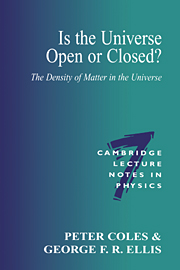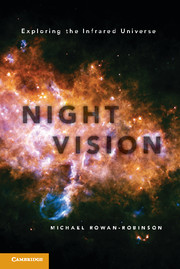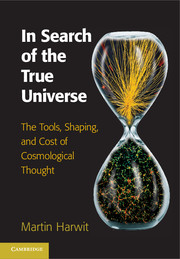Is the Universe Open or Closed?
This controversial book examines one of the most fundamental questions of modern cosmology: how much matter is there in the Universe? This issue affects theories of the origin and evolution of the Universe as well as its geometrical structure and ultimate fate. The authors address this debate and point out the most likely avenues for determining the actual density of Universe matter in both visible and invisible forms by pulling together evidence from all available sources. They conclude that the balance of arguments presently lies with a density of around twenty percent of the critical density required for the Universe to ultimately recollapse. Written by two eminent cosmologists, this topical and provocative book will be essential reading for all cosmologists and astrophysicists.
- The first review of the ultimate fate of the Universe, by one of the world's foremost cosmologists (Ellis)
- A provocative and up-to-date review of one of the most hotly debated topics in cosmology today
- An indispensable introduction to the most recent developments in modern cosmology - for graduate students and researchers
Reviews & endorsements
"Is the Universe Open or Closed? is a learned and informative work, lucidly written by two prominent cosmologists....After reading Coles and Ellis's book I am left with the feeling that I don't want to read another book debating whether the universe is open or closed-not until the end of the twenty-first century; then I might believe the answer." Book Reviews
"Is the Universe Open or Closed?: The Density of Matter in the Universe figures to be an invaluable reference for current research involving the value of W. Coles and Ellis' thoughtful and thorough analysis will undoubtedly contribute to understanding the curvature of space, and ultimately the fate of the universe." Dimitri Veras, Yale Scientific Magazine
Product details
February 2011Adobe eBook Reader
9780511893216
0 pages
0kg
16 b/w illus. 1 table
This ISBN is for an eBook version which is distributed on our behalf by a third party.
Table of Contents
- Preface
- Acknowledgments
- 1. Introduction
- 2. Theoretical arguments
- 3. Cosmological observations
- 4. Element abundances
- 5. Astrophysical arguments
- 6. Large-scale structure
- 7. The cosmic microwave background
- 8. More realistic universe models
- 9. What is the verdict?
- References
- Index.






